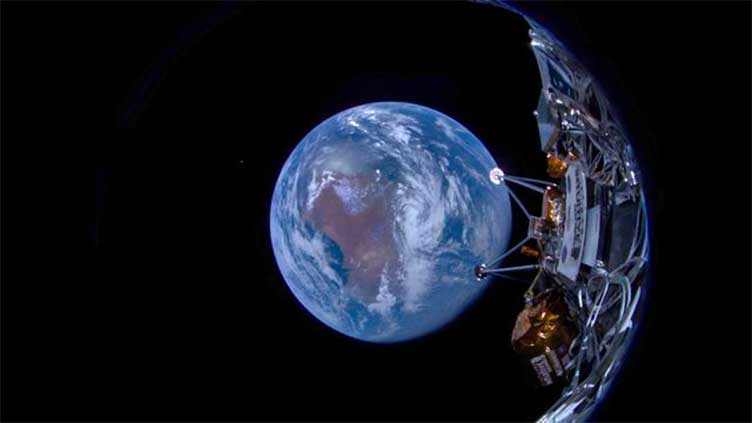Moon takes Earth selfie with radio waves

Technology
Astronomers attempted to measure Earth’s radio emissions from the moon
(Web Desk) - Astronomers attempted to measure Earth’s radio emissions from the moon.
This observation considered Earth an exoplanet, a planet that orbits a star other than our Sun.
This unique perspective enables scientists to picture what our planet’s radio emissions might look like if they were seen from a faraway exoplanet with an alien civilization.
This experiment was carried out by the Odysseus lunar lander, which landed near the Moon’s south pole on February 22.
The University of Colorado Boulder astrophysicist Jack Burns hailed this pivotal moment as the “dawn of radio astronomy from the Moon.”
Houston-based company Intuitive Machines built this lander that made a touchdown on the lunar surface after overcoming several technological challenges.
After the touchdown, the lander deployed Radio wave Observations at the Lunar Surface of the photo Electron Sheath (ROLSES) instrument.
“It was heroic for Intuitive Machines to land under these conditions, and to deploy our antennas, take some data, and get that data back to Earth,” said Burns, co-investigator of this radio experiment.
The setup included four antennas and a radio spectrometer device, which recorded a broad spectrum of radio emissions around the Moon and deep in space.
As per the press release, during Odysseus’ journey to the moon, one of the ROLSES antennas experienced a minor overheating issue.
This resulted in the antenna protruding from the lander’s enclosure. Although originally a setback, this unexpected incident proved to be beneficial.
The team seized the opportunity to use this antenna to observe Earth and record its radio emissions for an extended period, roughly an hour and a half.
This unintentional observation provided valuable data on the radio waves released by human technology that emits radio radiation continuously, such as mobile phones and broadcast towers.
Burns suggested that scientists may be able to detect comparable fingerprints from exoplanets, which might indicate intelligent life.



